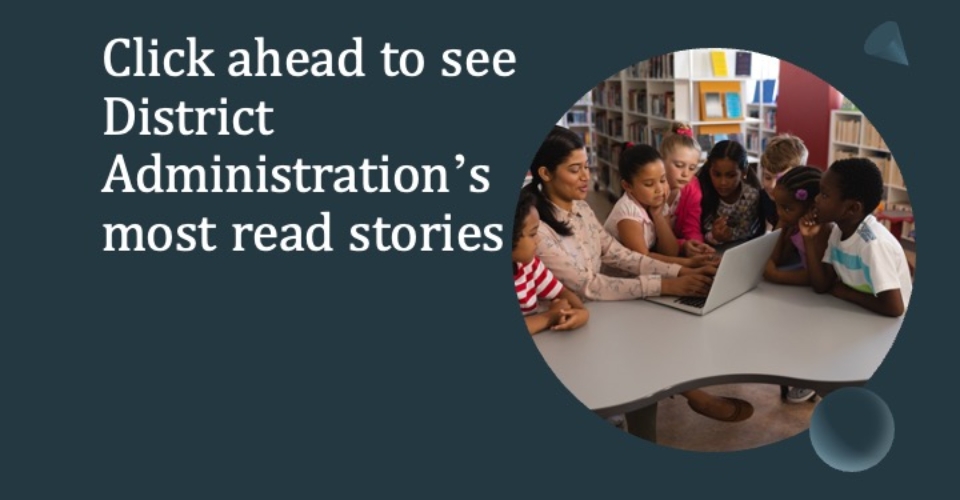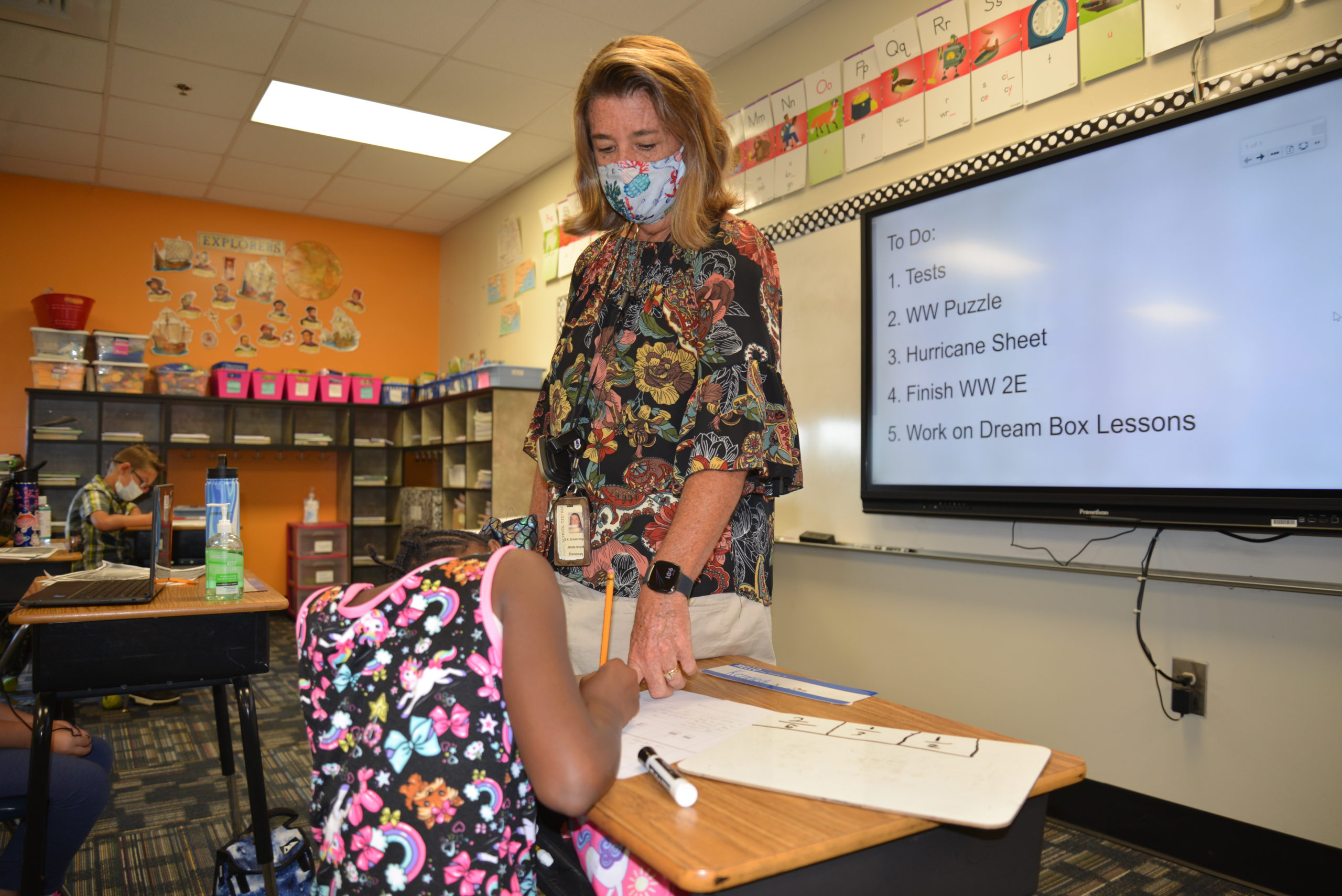The COVID-19 pandemic was a turning point that established the permanent presence of high school technology and shifted classrooms to online settings. Three years later, it’s clear that this new and central role of technology in education is here to stay.
While some educators have been quick to embrace this change, many institutions have missed significant opportunities to utilize these tech tools—often due to a lack of training, funding, infrastructure, or resources.
Today, it’s essential for educators to embrace these recent technological advancements. When leveraged with effective pedagogy, they present a massive opportunity to transform and reimagine how students learn while increasing educational access and improving outcomes across the board.
Since teenage learners are just starting to explore career options and define their interests, technology can have an outsized impact on high schoolers. Here are a few ways this technology can benefit high school students.
High school technology is personalized and interactive
Online education platforms are on the rise, providing invaluable support for students to receive a personalized learning experience. They allow teachers to tailor lessons and assignments to each individual’s learning style, interests, and needs. In the online classroom, students can more easily have one-on-one interactions with teachers to assist them in areas where they need it most.
For example, Penn Foster students can enroll in individual high school courses online in subjects they’re struggling with. Teachers are still able to give students real-time feedback on their work, track their progress, and make adjustments as needed. Some students who may benefit from online learning include those struggling with mental health who feel uncomfortable in a physical classroom, or work better in a self-paced and student-led environment.
Using AI/ChatGPT to enhance education
Rather than banning new AI tools like ChatGPT, educators should embrace the many opportunities that it offers to inspire and engage their students.
More from DA: What’s driving K12 staff layoffs? It’s much more than expiring ESSER funds
When utilized effectively, ChatGPT can build critical thinking skills, essential for success in academic and professional settings. Teachers can ask students to analyze and critique the responses that the AI platform provides, a practice that builds valuable critical thinking in the process. Teachers can also turn this process into an assignment by challenging students to produce a better product than what the platform offers.
ChatGPT also provides immediate, real-time feedback to support students’ writing skills when teachers may not be available. The tool can produce writing prompts to provide inspiration and jumpstart research and brainstorming to generate ideas. Ultimately, these burgeoning AI tools allow teachers to shift from rote instruction toward the development of these critical skills.
Access to resources
The growing array of high school technology tools can play a pivotal role in enabling ubiquitous access to learning. Online libraries, free apps, and interactive tutorials are just a few examples of the many resources now available.
Previously, only a select number of students across the country were able to find and afford private tutors. But with affordable online education platforms, students now have access to self-paced, accessible learning, regardless of their location or economic background.
By leveraging new technology in the classroom with effective pedagogy, we can transform the future of education and make the learning process more efficient, accessible, and engaging—preparing students for success in the 21st century.









